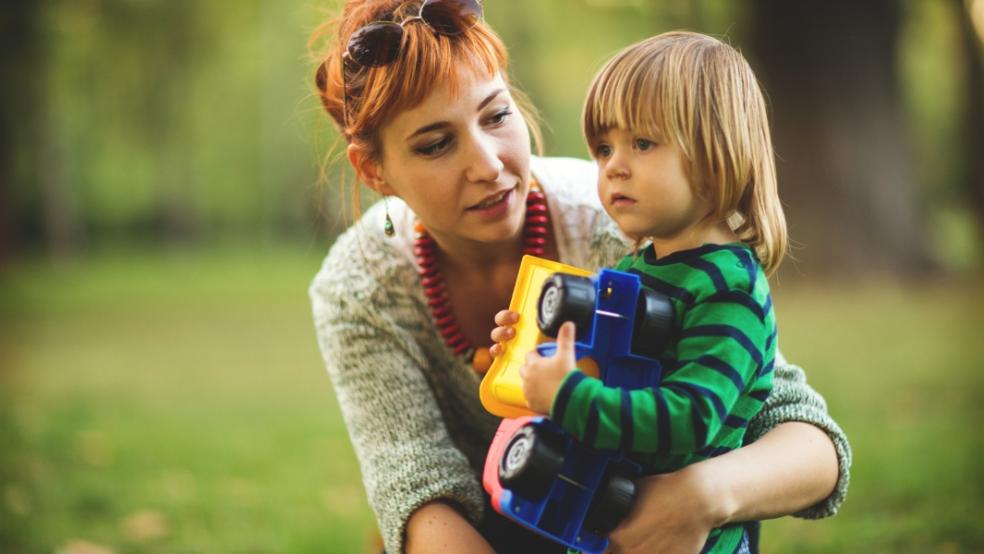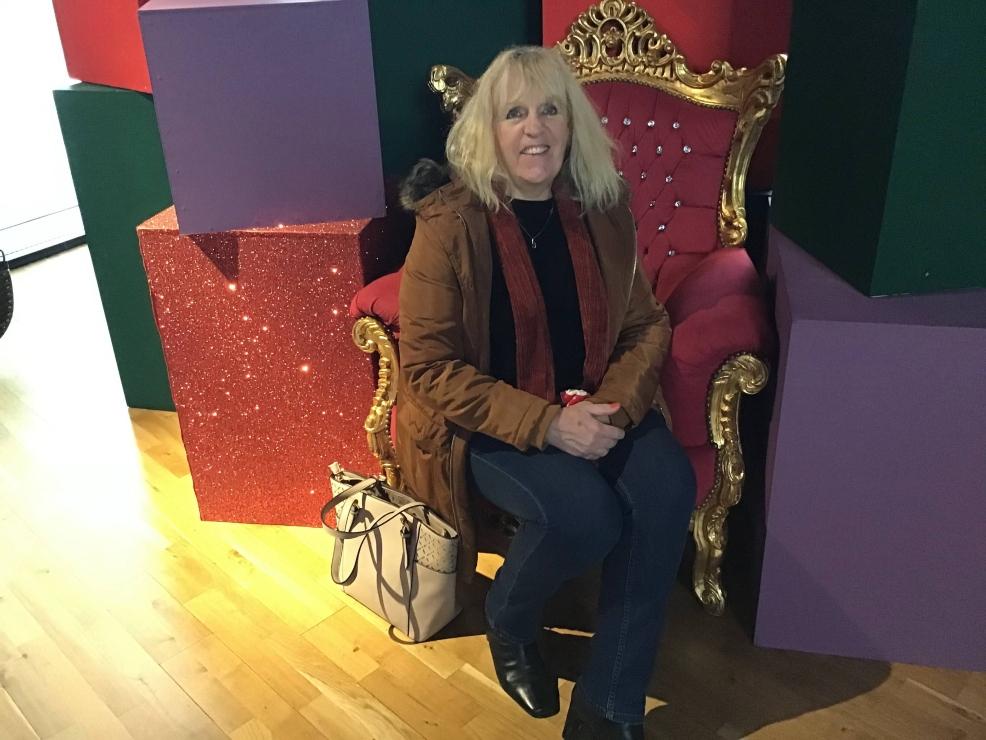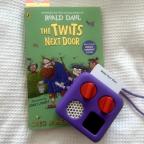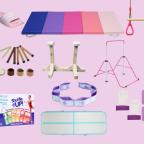
Five top tips for if your child stares at someone different
Children are naturally curious. This is a fact of life. While this thirst for knowledge is an incredible thing, it can occasionally lead to some embarrassing moments for parents.
When a child sees someone who looks different to them and the people they know, they might stare or ask questions. For people with a visible difference, which is a mark, scar or condition on the face or body, unfortunately staring and questioning can be a part of daily life and for some it can cause worry or anxiety.
Changing Faces, the UK’s leading visible difference charity, carried out a survey with Savanta ComRes which found that half of respondents (51%) said that they feel self-conscious or embarrassed as a result of their visible difference, with a quarter (25%) feeling isolated and lonely. And when people with a visible difference do go out, three in ten (28%) report they get stared at.
So, what should parents do if their child points out someone with a visible difference?
Paulette Burgess is a Changing Faces media spokesperson who has a port wine stain birthmark on her neck. Having been a teacher, as well as a parent and grandparent, she has become used to curious questions from children. Here are Paulette’s five top tips for handling a child’s curiosity:
1. Acknowledge it
Children need to be able to ask questions. Telling a child to shush and apologise shuts down any chance of conversation and education. It can also cause the child to associate difference with a negative consequence, potentially making them fear those who look different to them.
Encouraging appropriate curiosity is vital, so address it, don’t avoid it.
2. Be honest
When approaching a child’s questions, honesty is the best policy. Children know when you haven’t given them a truthful answer, and they will keep asking until they get one, so having an open conversation that encourages acceptance is important.
If you’re unsure how to explain a person’s visible difference, see if you can find out more on the internet, or if appropriate, ask the person themself. Many people with a visible difference would much prefer to answer your questions than to be avoided.
3. Find common ground
When I’m asked a question about my visible difference, I always start off by explaining what it is, and then I’ll ask the child if they have one. Most of the time they do, whether it’s a mole or a scar from an accident.
Not only does this help them to realise that we’re all unique, but it also creates common ground, normalising difference.
4. Give them the tools to educate others
My own children never questioned my visible difference – they accepted me for who I was from the start. I was just mum, and I happened to have a birthmark. However, their friends would ask me and them questions. By giving them the tools they needed to answer these questions, my children went on to educate others, in turn creating acceptance of difference within their peer group.
Education is a snowball effect. The more someone knows about a topic, the more likely they are to talk to others about it. By teaching our children about diversity and inclusion, they can go on to teach their friends, and even adults, about the importance of being kind to everyone.
5. Introduce them to difference early on
No matter how young a child is, they can learn about difference. My four-year-old granddaughter plays a game where she looks either side of my neck to find my birthmark. Being introduced to difference from a young age has removed her fear of the unknown, enabling her to see difference in a positive light.
What makes us unique should be celebrated, and there’s no age limit for when that can be taught.
Activity idea: Changing Faces has developed a “Butterfly Challenge Pack”, which encourages children to create a butterfly in any way they want, while promoting conversation about difference. The aim is to show children that being unique is beautiful. The charity also has a page of book, toy and TV recommendations on its website, all of which champion diversity and inclusivity.
Having your child point out someone who looks different can be embarrassing for everyone involved but avoiding the issue often does more harm than good. Don’t be afraid to talk to your child about difference. The more we do, the more accepting of a society we can create, which will ultimately benefit everyone.
Cover photo from Canva















